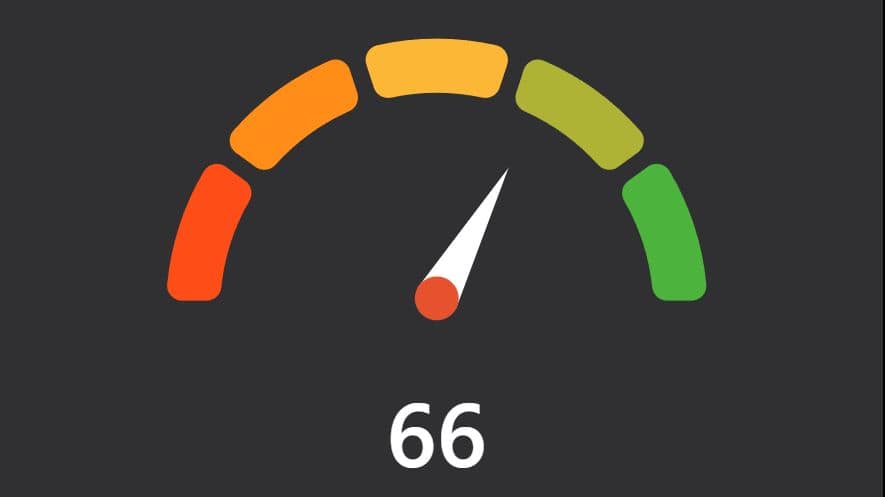When analyzing the cryptocurrency market, we may come across terms related to blockchains. The two most popular types of them are public and private chains. There are fundamental differences between them. In this article, we will tell you what they are and how you can distinguish them from each other.
Blockchain and its first public release
In order to understand the types of blockchain, it is important to first explain what it is. In the simplest terms, it is nothing but a way of encrypting information. It provides a very high level of security and the knowledge that once encrypted, an entry remains on the chain forever. It is not subject to replacement, deletion or forgery.
As you may have guessed, the first blockchain in existence was of course Bitcoin. You can read about it in the article titled “What is Bitcoin (BTC)“. If you haven’t already, we encourage you to do so!
Based on this, we can list a few characteristics of public chains. First of all, thanks to the fact that the source code is publicly available, anyone can join it. The transaction authentication mechanism used in the public variant also requires some work. In the case of the Bitcoin network, this is the Proof of Work algorithm. This is an expensive process, based on the need for electricity and specialized equipment. To make the operation profitable, a reward system is involved. In exchange for securing and processing transactions, more coins are obtained. The miners who mine them can put the coins they dig up on the market.
An important feature of a public blockchain is that it is decentralized. There is no overarching authority that determines its existence and is able to regulate it on its own.
Private blockchains
The situation is different for the private variant. First of all, this blockchain does not require a process of acquiring new cryptocurrencies. Its important feature is also the fact that we can easily find out who is the recipient of our transaction. This feature is not present in public blockchain.
However, the overriding value of private blockchains is that they are fully centralized. This means that they are fully dependent on the institution that created it and subordinated it to its own tasks. This could be banks, financial institutions, companies of all kinds, etc. The authentication of transactions in this kind of blockchain will be the responsibility of the entities set up for this purpose. Again, such entities may be institutions or even all users of the network. An example of such a private blockchain was to be Libra, which was created for Facebook. For regulatory reasons, the idea of Libra was rejected, however, based on similar principles a new project called Diem is being created.
Basic differences between public and private blockchains
The vast majority of the cryptocurrency market is based on public chains. Their overriding value is trust and relative anonymity. The open-source nature means that anyone can easily become a part of it. Private blockchains, on the other hand, are those which require knowledge of their users in order to function. To become an integral part of them, one must be approved by central regulators.


















